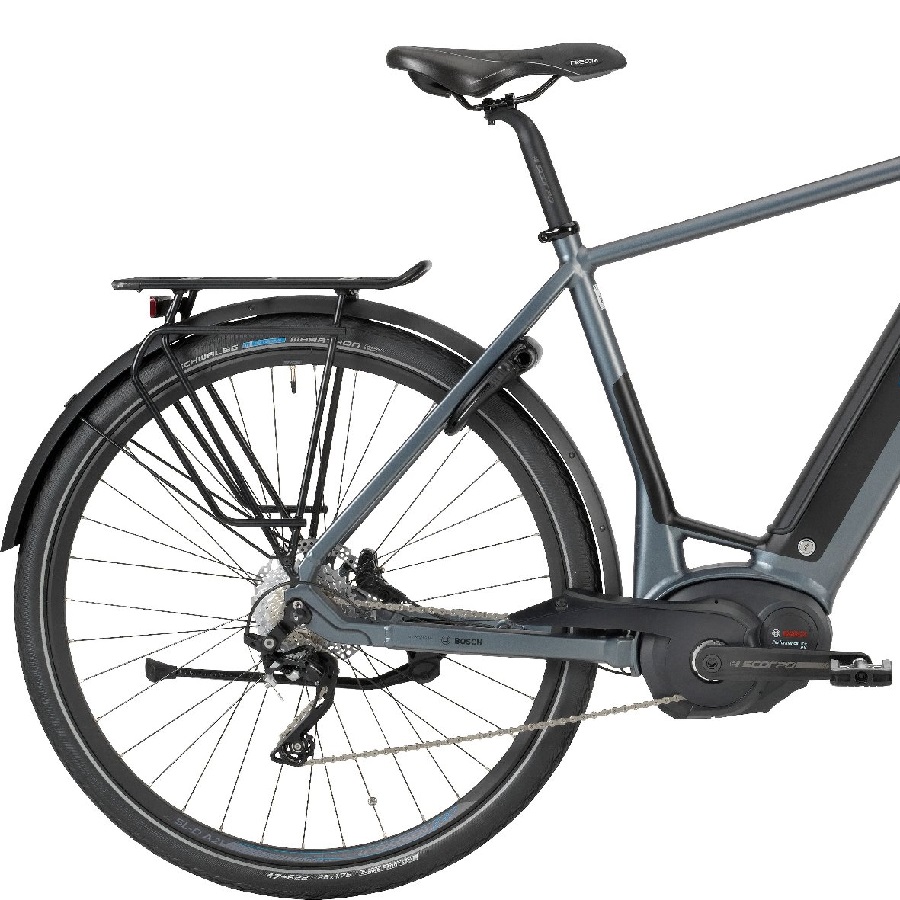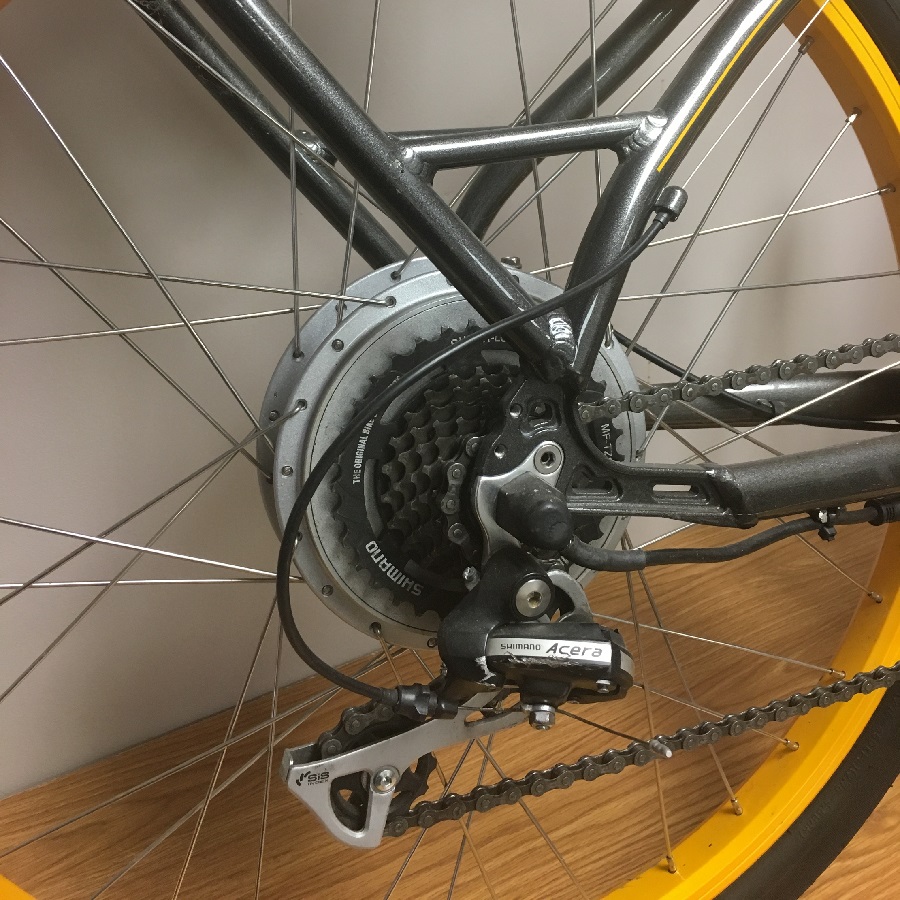You may want to compare all kinds of features and components when looking at e-bike costs. First, consider the style of the e-bike you like. Will the bike help fulfill your transportation needs to justify the investment? Next, are there options for the battery and motor size, the warranty, and the weight? With that information gathered, you can expect to pay between $2,000 and $9,000, with some high-end carbon fiber models running as high as $15,000. So, look beyond price and the following questions.
What components on the electric bike make up the e-bike costs?
To help those just learning about e-bikes, we hope this article will help you justify the investment and fit your needs. Once the type of e-bike you are interested in is in sight, the next thing to consider is the motor and battery size options. Also, to rationalize the investment and cost, review the accessory components, including the display, throttles, PAS sensors, gearing, racks, etc.).
1. The Electric Motor
From a fundamental perspective, the motor on an electric bike transfers electrical energy into mechanical energy. All electric bike models use either a center or hub drive system. A crank/drive motor is located between pedals. With a hub motor it can be incorporated into the rear wheel, front, or both. The motor type plays a major role in the bike’s price, ride quality, and overall performance.
Depending on how you will use the e-bike, a mid-drive motor generally accelerates faster, climbs better, and has a higher top speed but costs more. One more variable of the cost is the motor’s watt size. Depending on the model, your options may include either 250 watts, 350 watts, or 500 watts size, and here in the U.S., 750 watts is not uncommon.
2. The Battery
Before looking at the battery cost for the e-bike model you like, another question to ask yourself is, how far (range) will I ride regularly?
Because the battery is a large portion of the bike’s purchase price, it’s vital to consider the range or miles you can expect between charges. Having a general idea of the range will be very helpful in degerming the battery’s capacity. A very common rating is 36 volts and 10.5Ah. On this type of battery rating, you can get 20 to 40 miles per charge, depending on your riding style and how much you pedal. That’s an excellent baseline to start your selection for the battery.
General battery sizing guide to answer some of your e-bike questions
Here is an available guide listing some of the battery sizes to the riding distances you could expect under ‘normal’ riding conditions on a full charged:
· 36V 10.5Ah battery – 16 to 32 miles (26-51 km)
· 36V 17.5Ah battery – 25 to 52 miles (41-85 km)
· 48V 10.4Ah battery – 21 to 42 miles (34-68 km)
· 48V 14Ah battery – 30 to 56 miles (45-90 km)
· 52V 10.5Ah battery – 23 to 46 mph (37-74 km)
· 52V 17.5Ah battery – 40 to 76 mph (61-122 km)
*Please note: The above distances can vary greatly depending on the rider’s weight, hauling cargo, hills, temperature, and wind. And a rough rule of thumb to compare against manufacturer claims.
Battery Cost
Speaking of batteries, replacing them, or riding with a second battery can cost anywhere from $250 to $550. The price mainly relies on the amount of Wh or energy stored in the battery. Currently, that’s not bad since you hopefully only need to replace your battery every three to five years. Remember, the more well-maintained the battery is, the longer it’ll last.
Is a Warranty a part of the e-bike costs?
Please make sure you ask about what the warranty is for the bike you’re interested in. Be aware the coverage can vary for different parts of the cycle. Buying an electric bike is a significant investment. The warranty length is usually a good indicator of the quality of the bike and the company standing behind it. A 12, 24, or 36-month warranty on parts, motors, and the battery is reasonable to expect from most manufacturers (with no exclusions for regular use).
We hope these facts and options will open up specific questions you might want to ask when visiting the dealer and choosing your bike.





